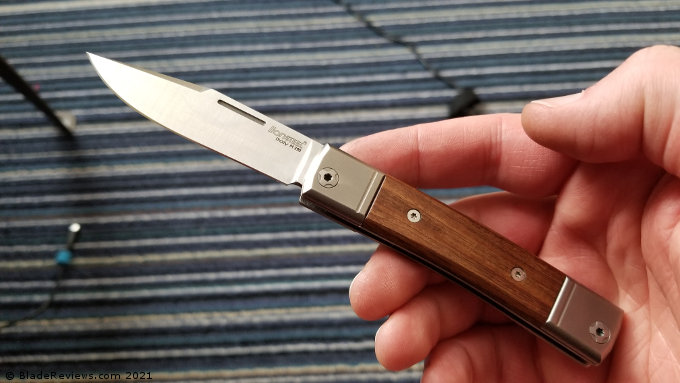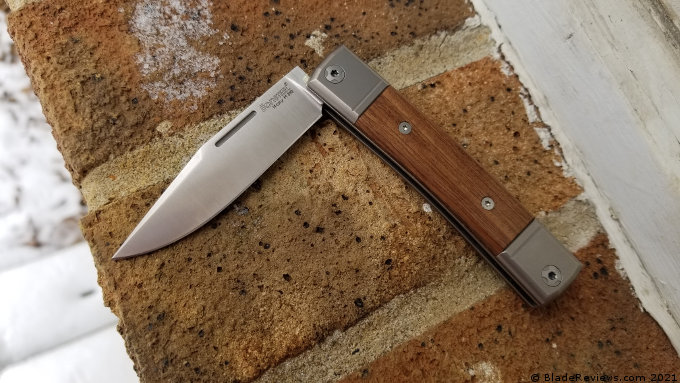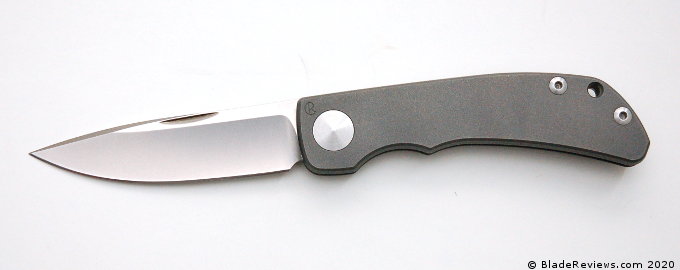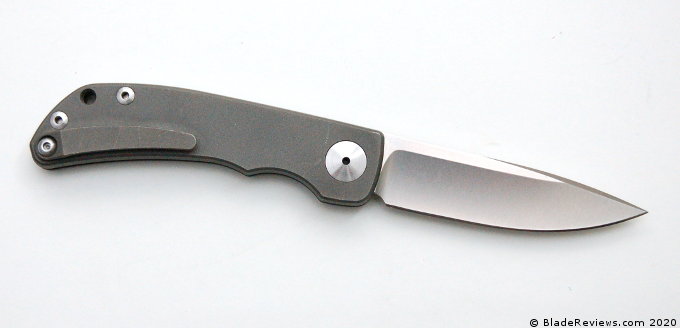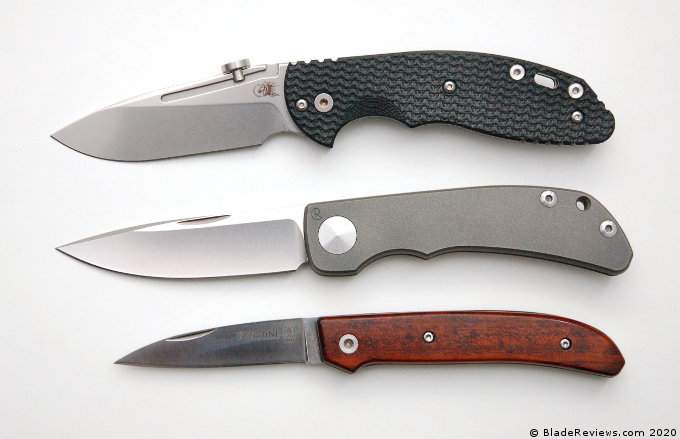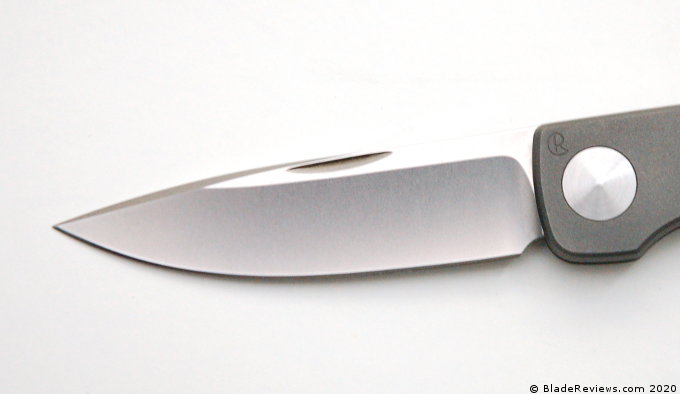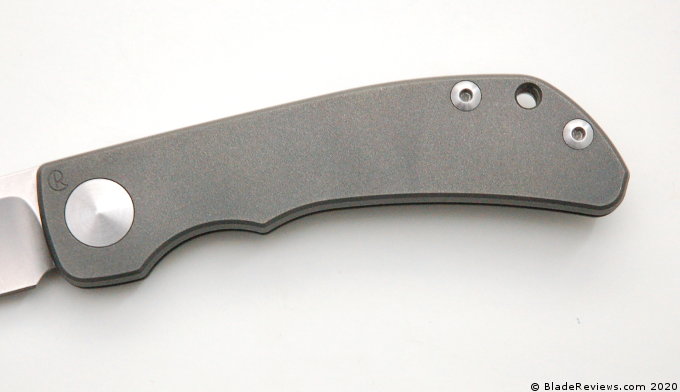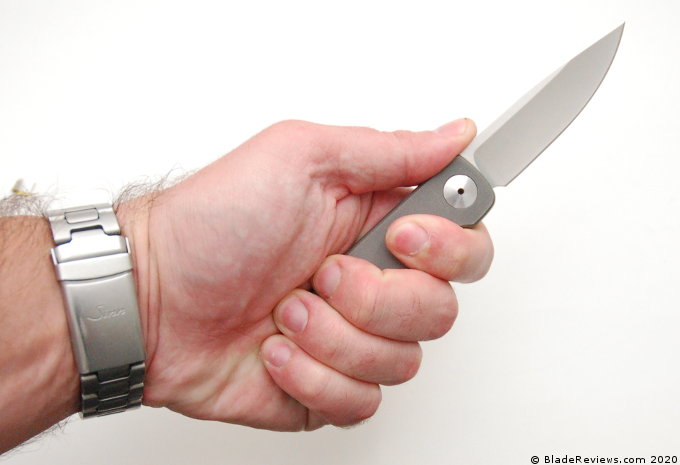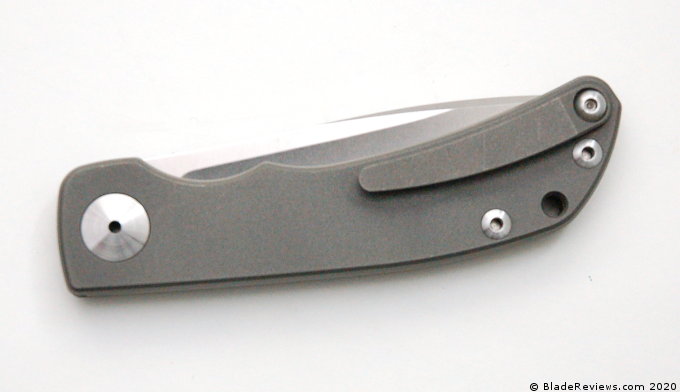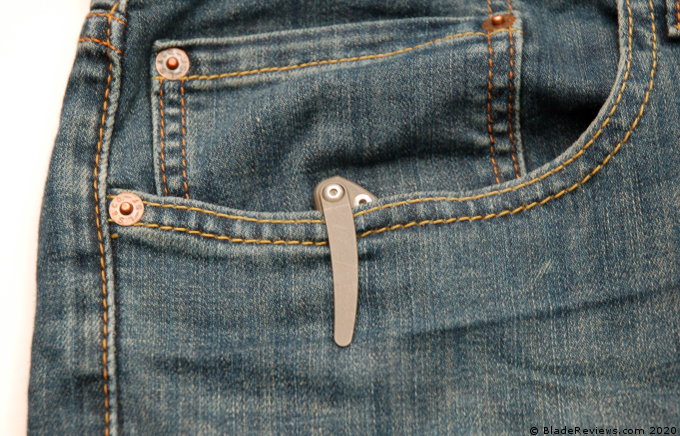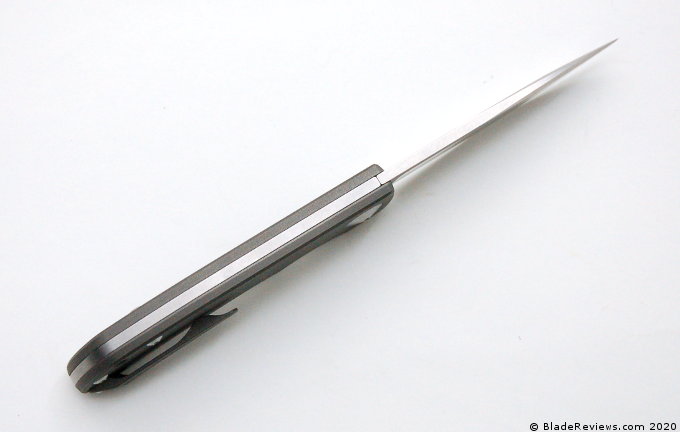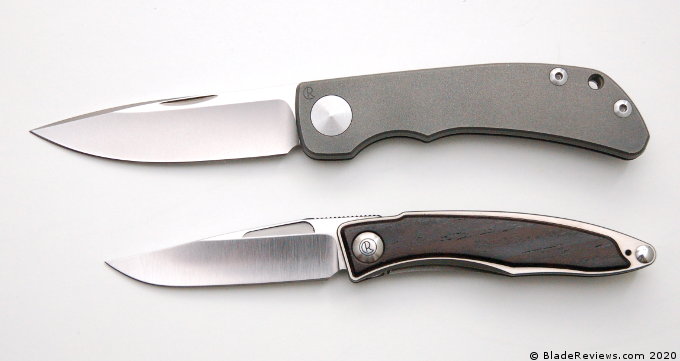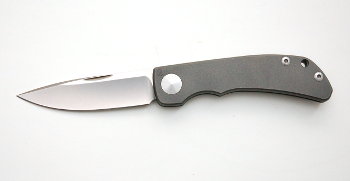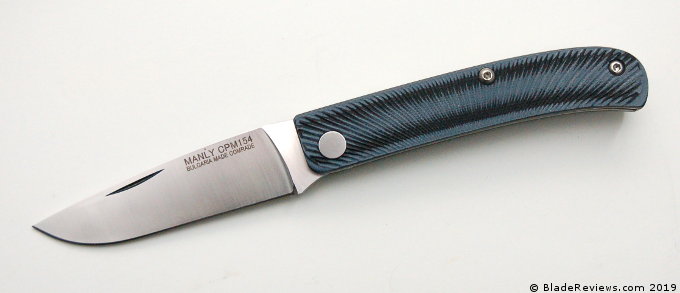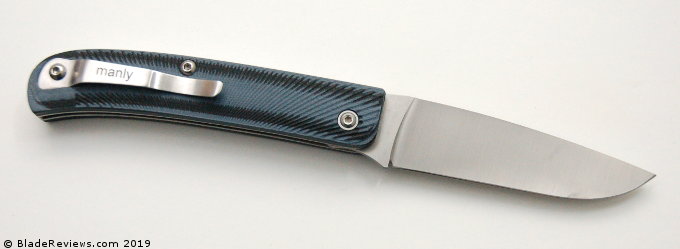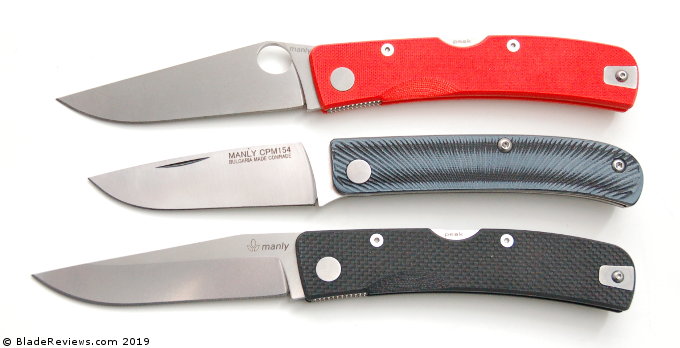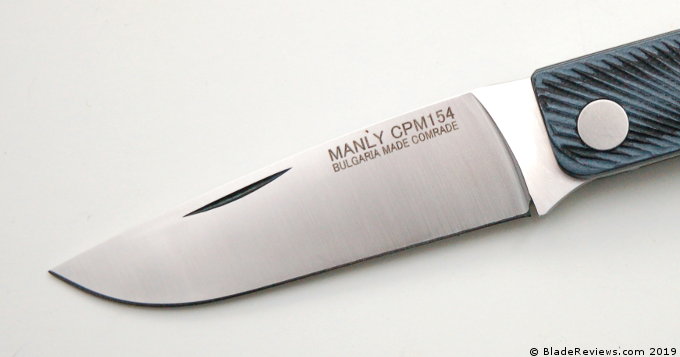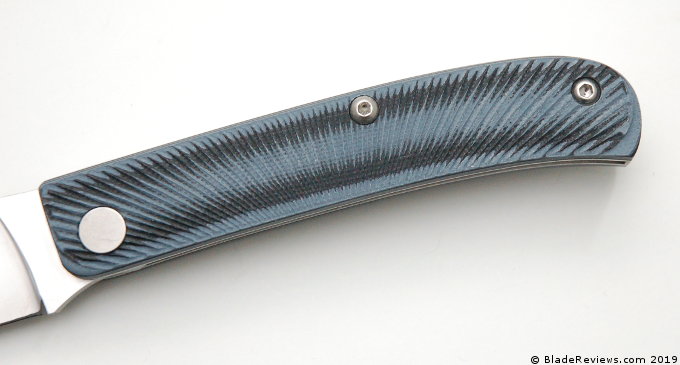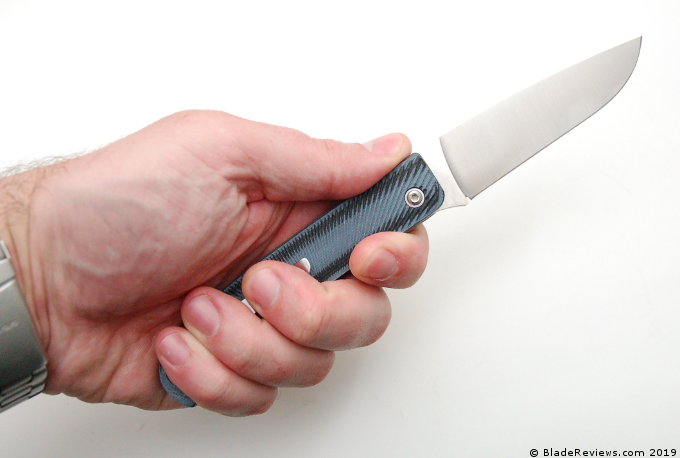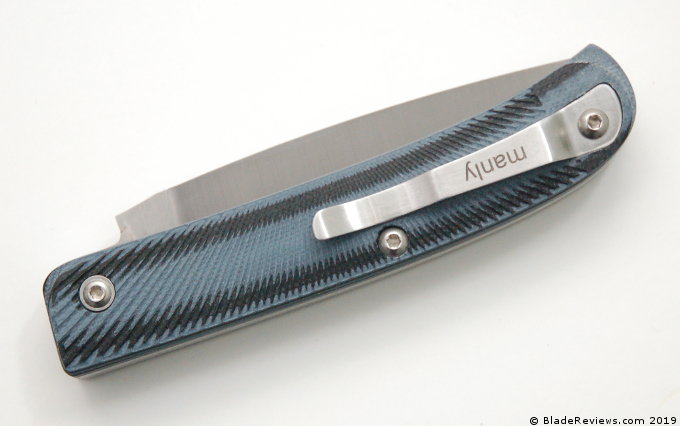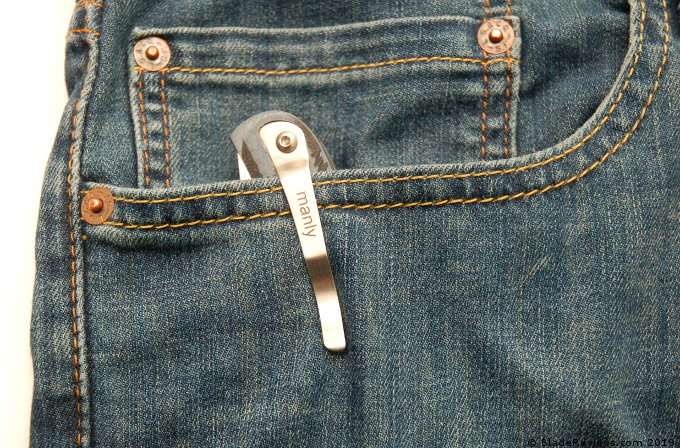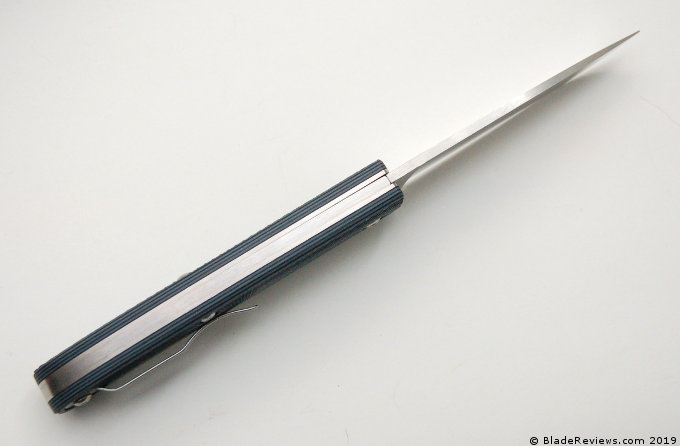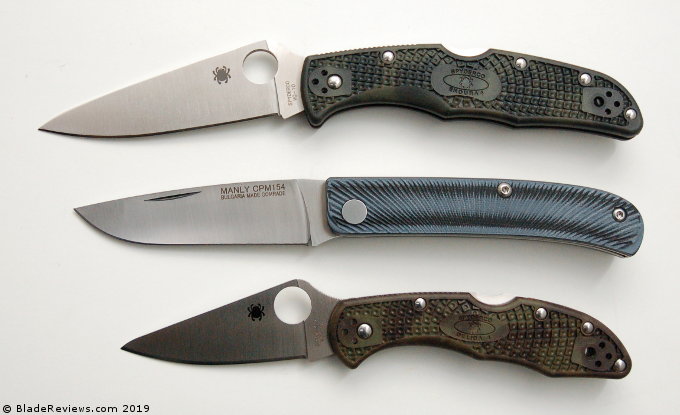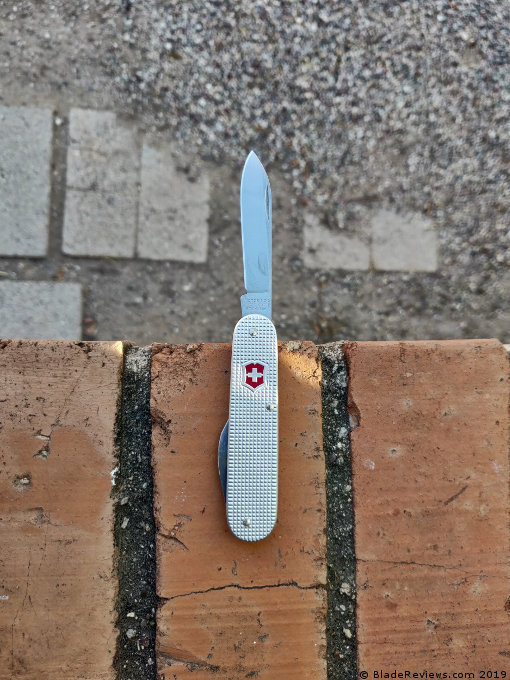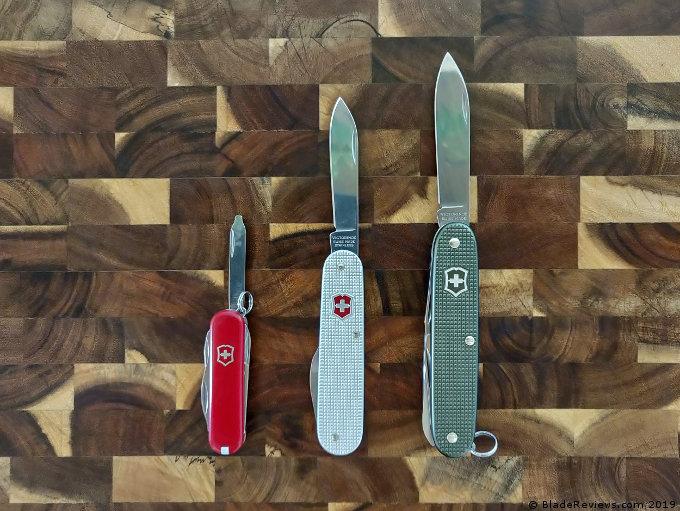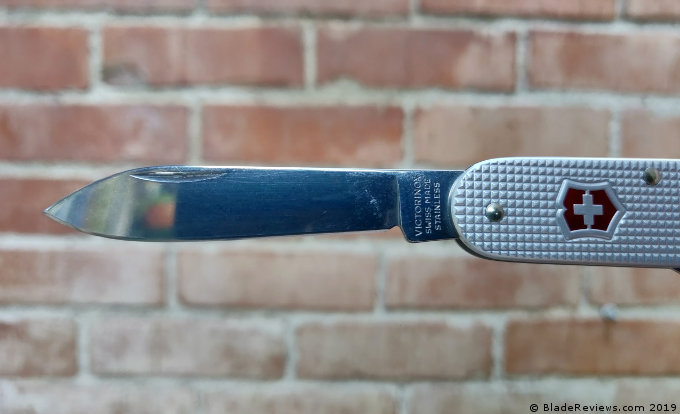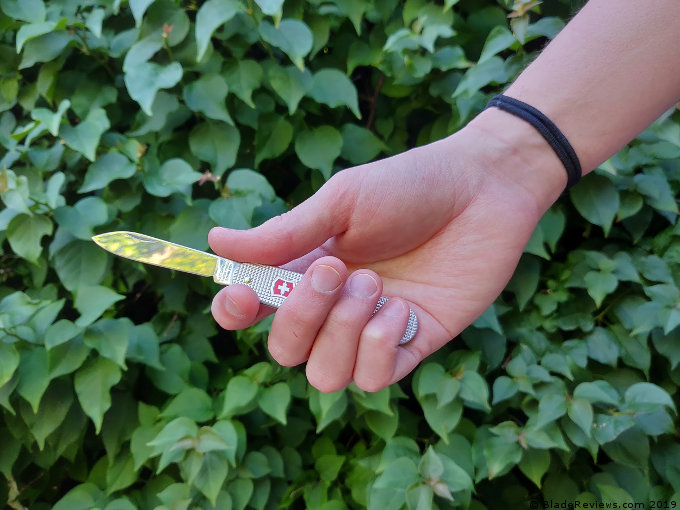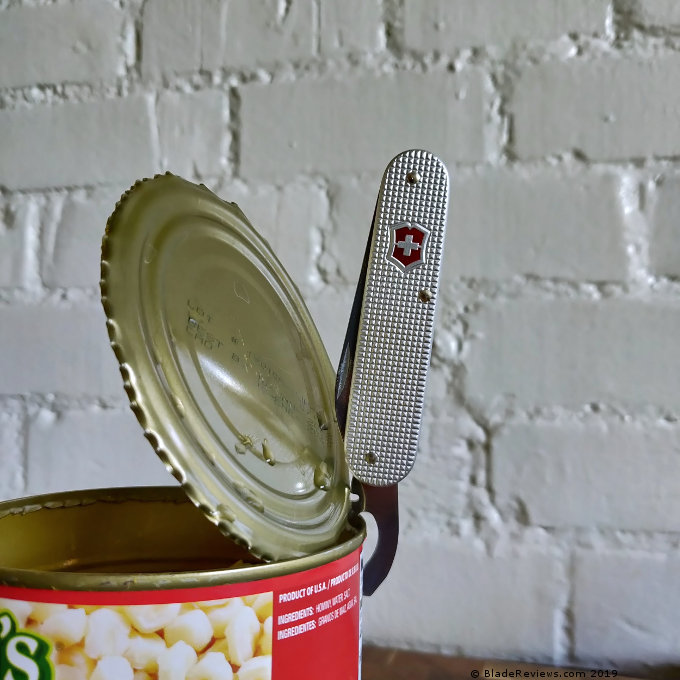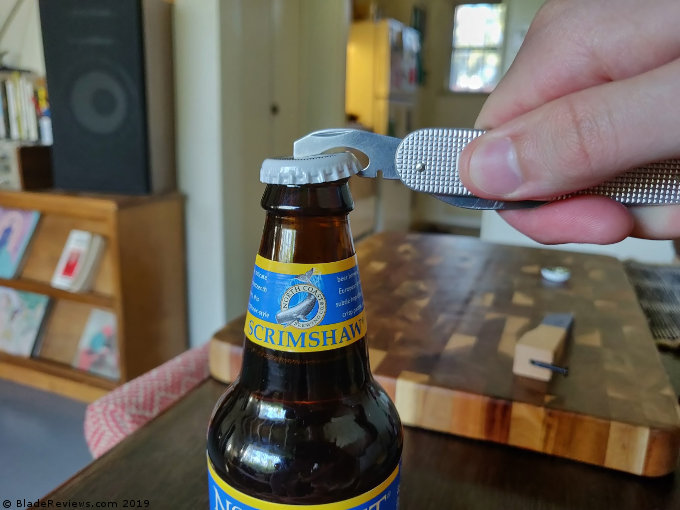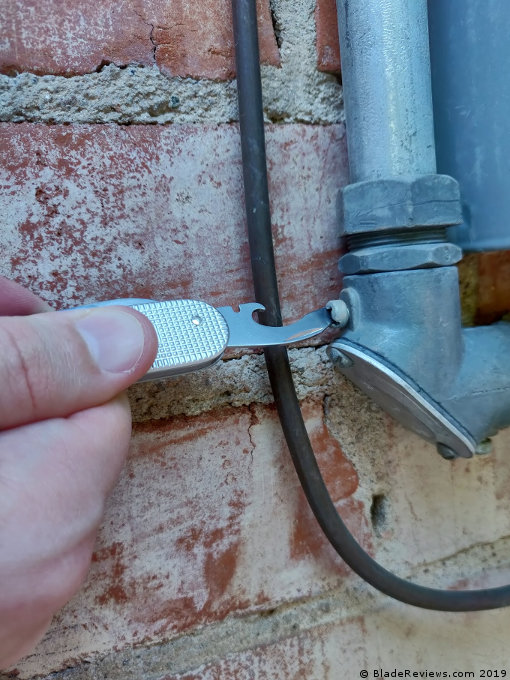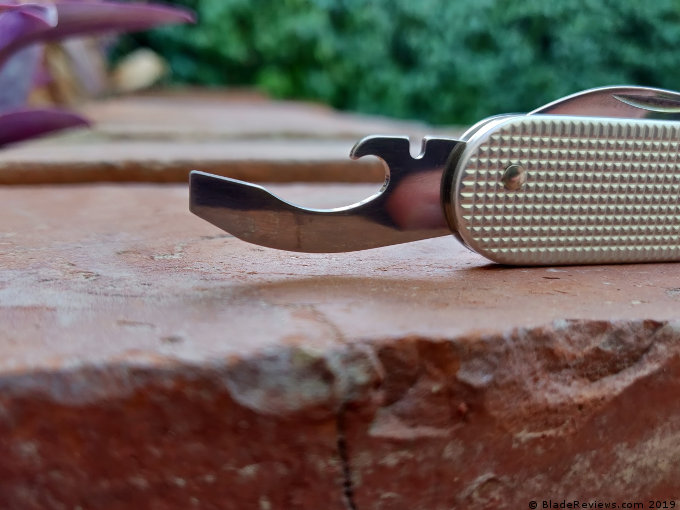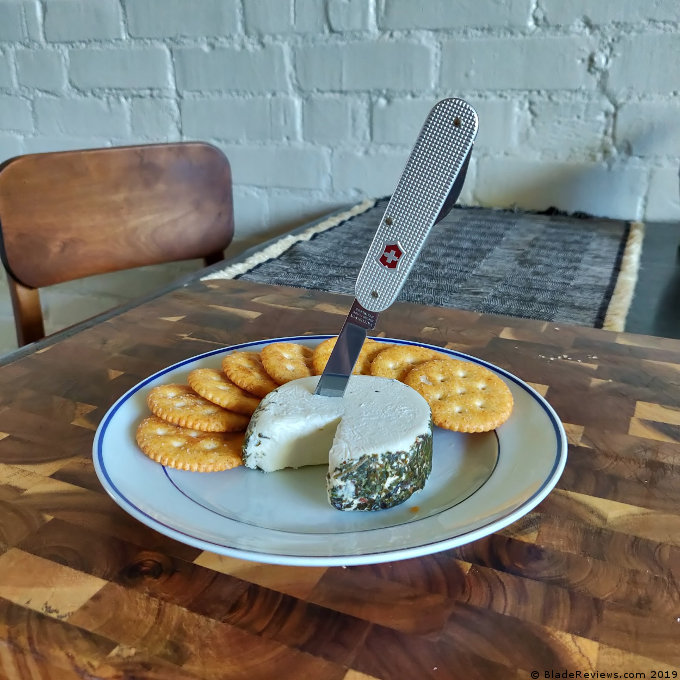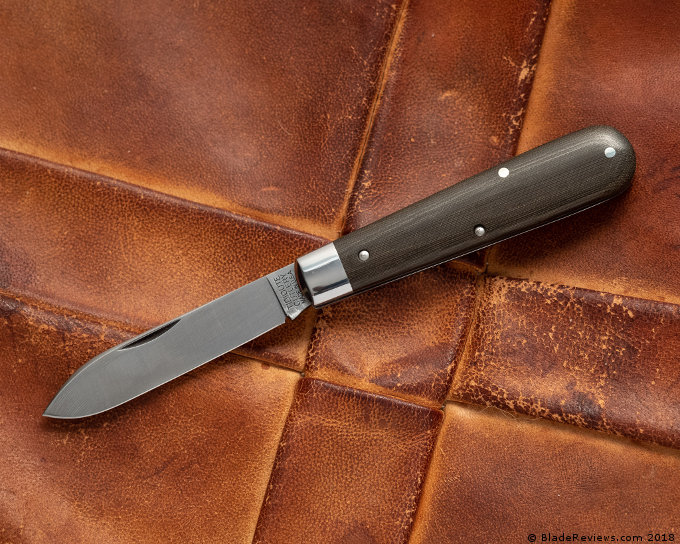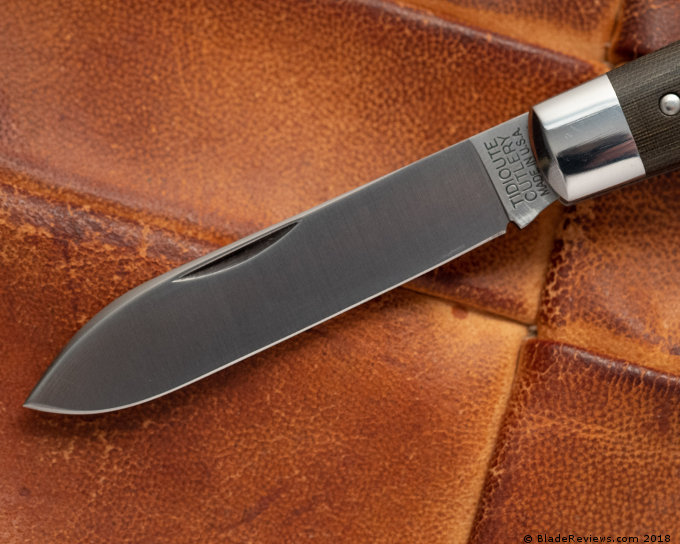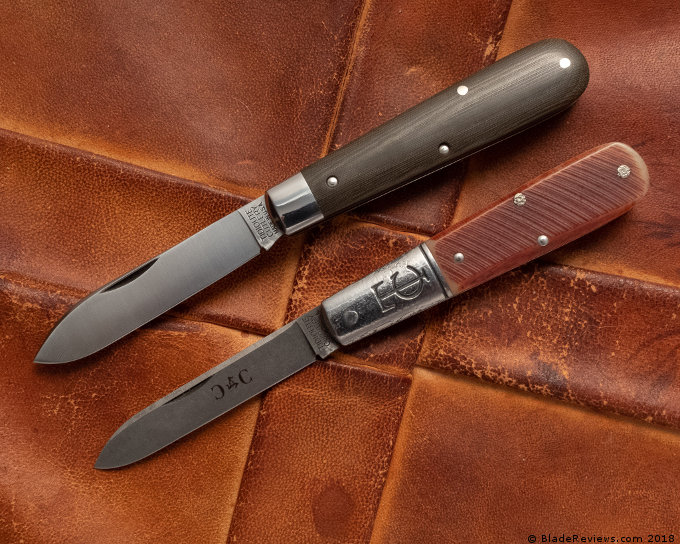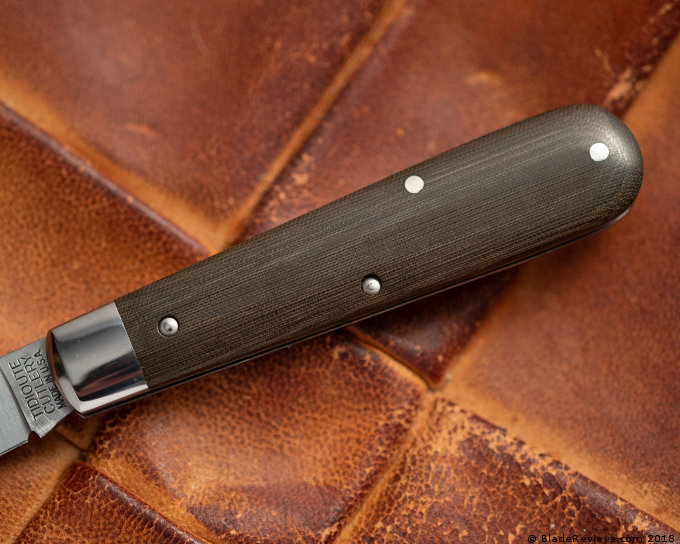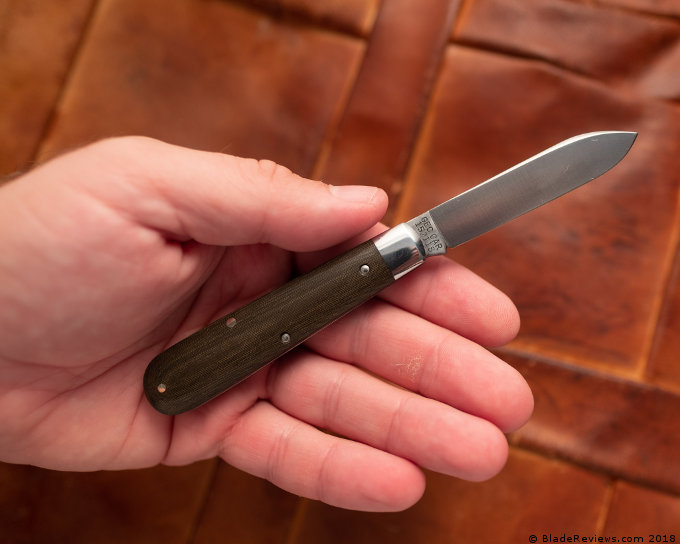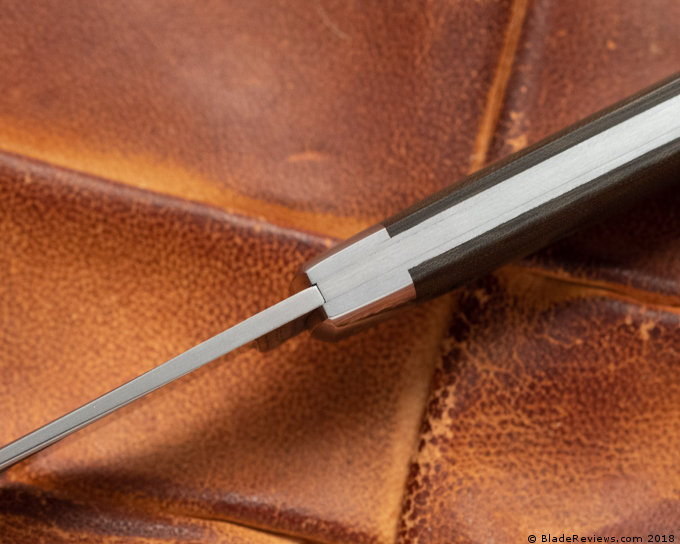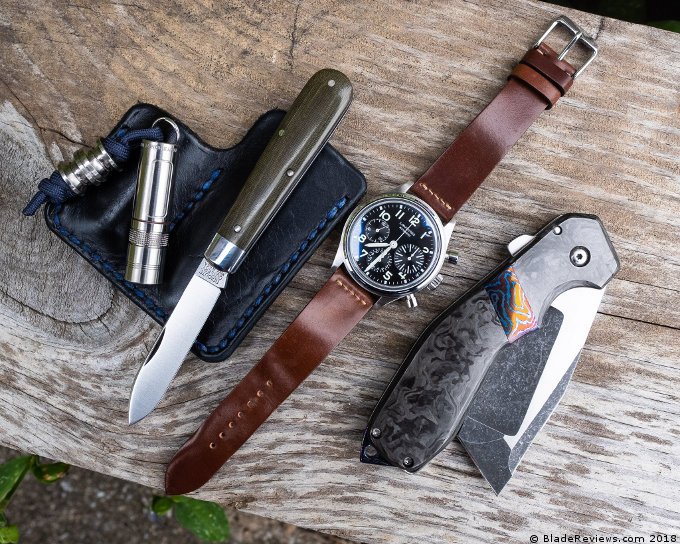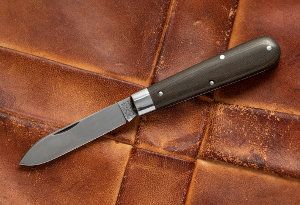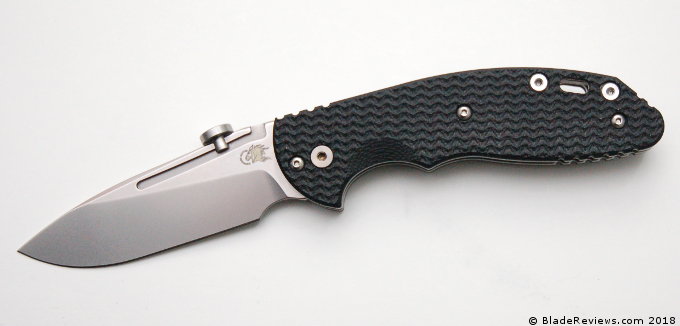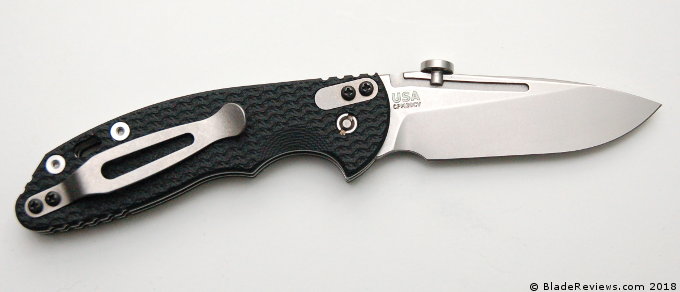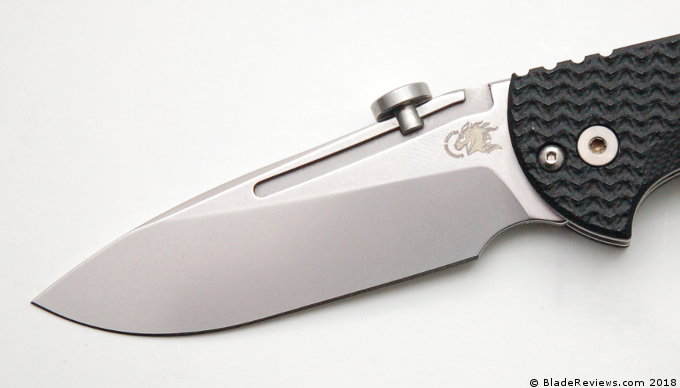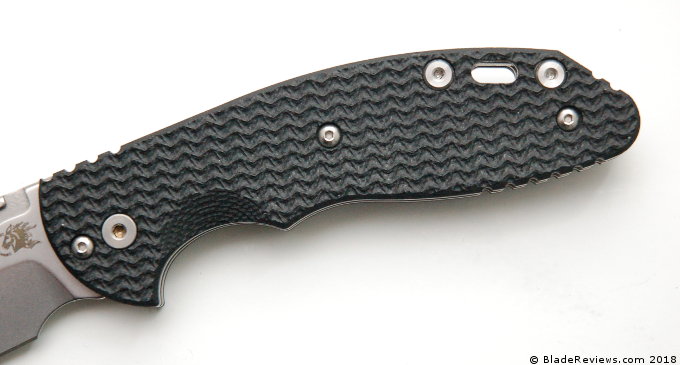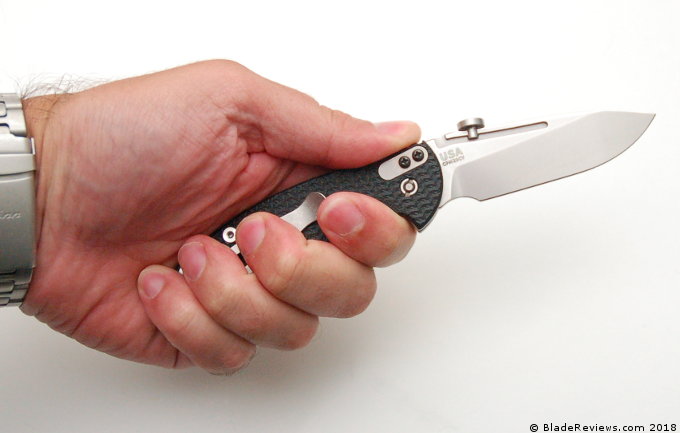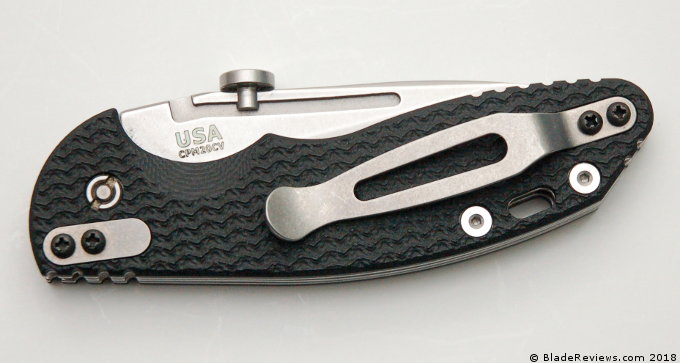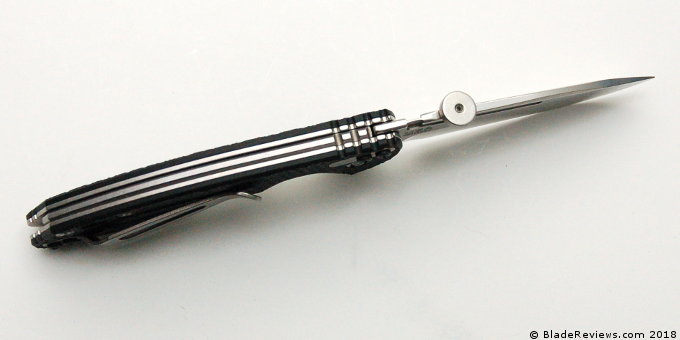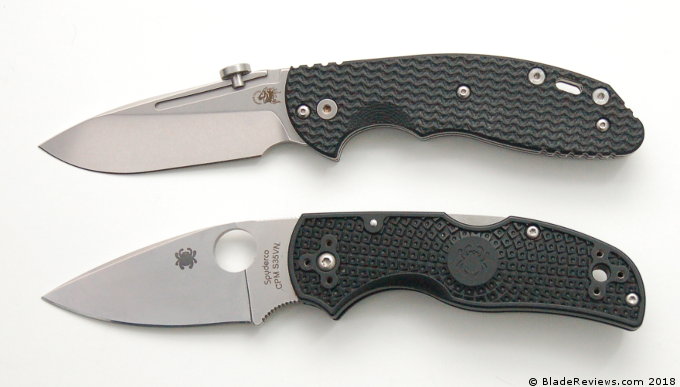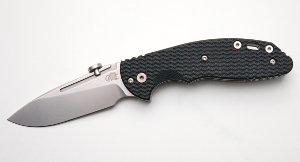Stop me if you’ve heard this one, but 2020 was a year of changes for me. One of those was career related, turning my collar from blue to a gray-ish shade of white. With this transition comes a change in scene. Where before I’d been free to carry tools like the Spyderco PM2, I’ve reached a point where I’m seeking out more discreet options for daily use. Enter the LionSteel BestMan, my first traveling companion on this strange new road.
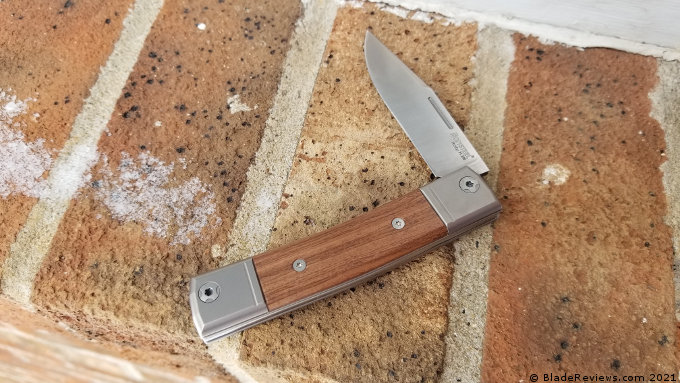
Buy the LionSteel BestMan at BladeHQ or GP Knives
Lionsteel’s thesis here is simple: Produce a traditional style blade with modern, high-end materials. A capital idea, for sure. But, speaking of capitals, how exactly am I supposed to spell this? Bestman? BestMan? bestMAN? I’ve seen it each way. For the purposes of this review, I’ll be using the middle option. Read on to see how it faired after nearly two months of testing.
General Dimensions and Blade Details
Hailing from Maniago, Italy, the BestMan is a thoughtfully crafted knife. The handle and bolsters are spun from lightweight titanium, measuring 3.75-inches. Nestled between the scales is a 2.875-inch blade, wearing a satin finish over its clean, flat grind. I opted for the clip point model, but Lionsteel also offers a drop point version under the moniker of BestMan 2.
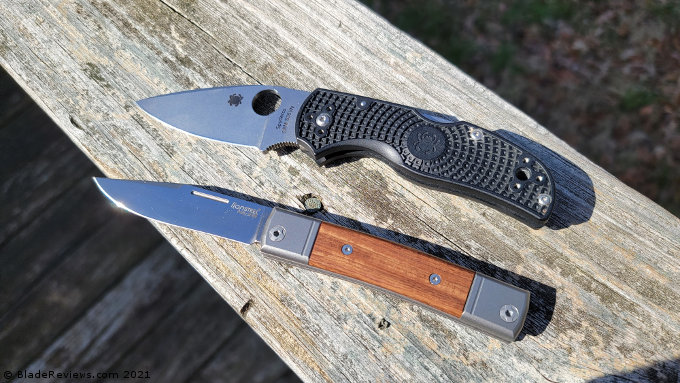
Whichever you choose, you’ll be treated to 0.10-inch thick blade wrought in Bohler M390. Its overall length of 6.625-inches place it squarely in the medium-sized range, with a narrow profile of just under a half inch. At 2.32 ounces, its weight is on par with beefier folders such as the Spyderco Native 5.
Now, I’ve heard complaints about the fit and finish, specifically with the handle scales. I can’t speak for others, but my model from DLT Trading arrived with perfectly finished slabs of Santos wood, and a flawlessly centered blade. It’s still mostly centered, despite my efforts to the contrary. But we’ll get to that fiasco in a bit.
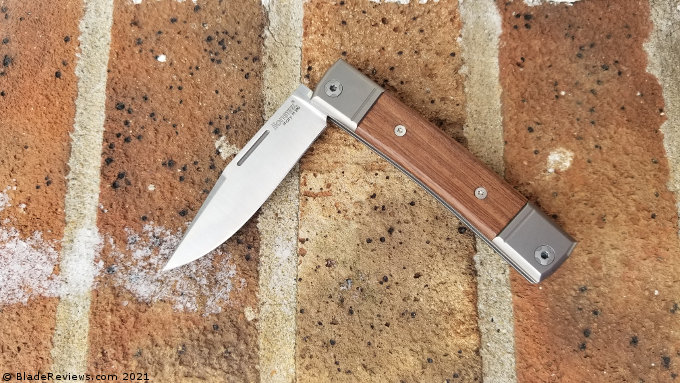
So, it’s beautiful. But how does it cut? Well, that depends on who you ask. Some reviewers have lauded the BestMan as an excellent slicer, while others believe it’s too thick behind the edge. After a few weeks of cardboard, paper, and packages, I’m definitely in the later camp. Don’t get me wrong – The blade is functional. But both my finger-calipers and in-hand experience tell me that its bevel isn’t quite steep enough.
This isn’t the end of the world, however. A high-end sharpening system or set of stones would allow you to refinish the M390. It was a little difficult to do with my Spyderco Sharpmaker, but I was able to thin it out a bit.
Handle, Ergonomics, and Pocket Clip
I can sum up the BestMan’s ergos in two words: Deceptively comfortable. At first glance, the handle appears to be an elongated rectangle with some screws and matching scales. In practice, Lionsteel has created a knife that’s surprisingly easy to hold and use.
Take another look at the overall shape. See that gentle arc toward the spring side? It helps nestle the knife against your palm, while providing a nice concavity for your fingers. The blade spine is beautifully chamfered, creating a natural landing spot for the thumb. Even the Santos wood scales are well thought out, providing a nice bit of warmth and personality.
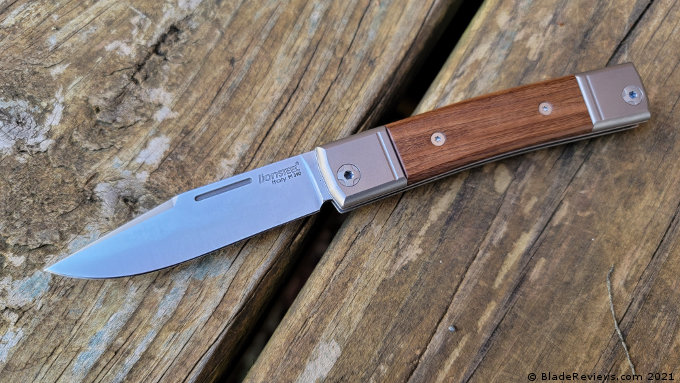
As far as pocket clips go, well, it doesn’t have one. This is a classically patterned tool, after all. Other than the thickness of its edge, this was the biggest sticking point for me. The BestMan would occasionally slide to the very bottom of my pocket, laying flat against the side of my leg. This isn’t ideal, which is why leather slips are so popular among traditional enthusiasts. Still, I consider this a relatively minor complaint.
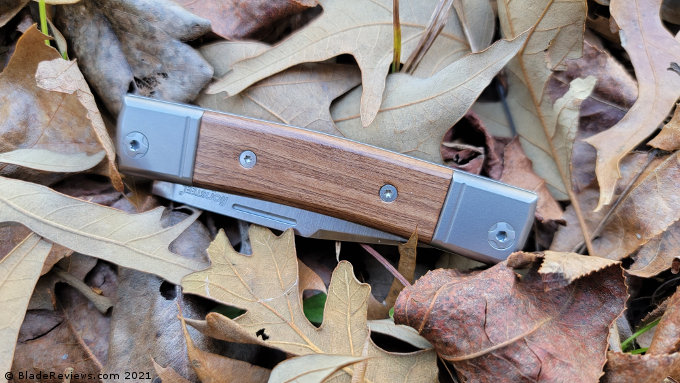
Let’s move onto something a little more serious. Now, I know many gear reviewers are advocates of disassembling your new knife. Normally, I’m in the same boat. But not this time. Do not, and I cannot stress this enough, DO NOT take your BestMan apart. I made that mistake of completely taking down this knife, and it took me more than two hours to get back together. The process involved multiple screwdrivers, a pair of pliers, and a potato masher. I do not, under any circumstances, recommend that you follow in my footsteps.
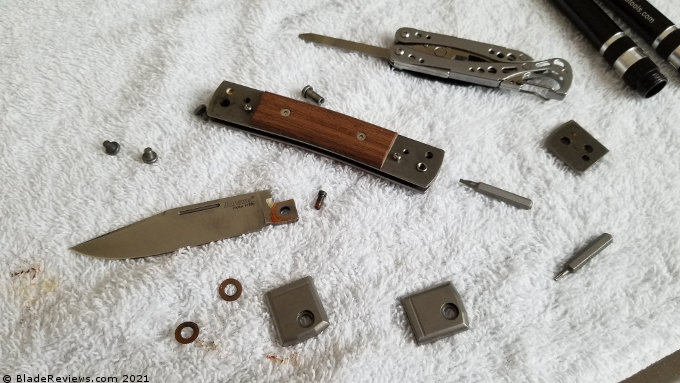
Why so difficult? It has to do with the configuration of the back spring and the front and rear pivots. While this model of BestMan has only one blade, the internals are set up for two. This means that the spring is always applying pressure somewhere, making it very hard to snap pieces back into place. It’s a wonder I didn’t cut myself getting everything back together. So, skip it. If the action feels a little stiff, loosen the pivot or shoot some oil along the brass washers. You’ll be much happier, and less likely to ruin your handsome new knife.
Deployment and Lockup
As much as I complained about the disassembly process, LionSteel has done a good job with the backspring. Traditionals aren’t really meant to be taken apart, after all. When left to do its thing, the BestMan’s backspring produces satisfying pulls and zero blade play.
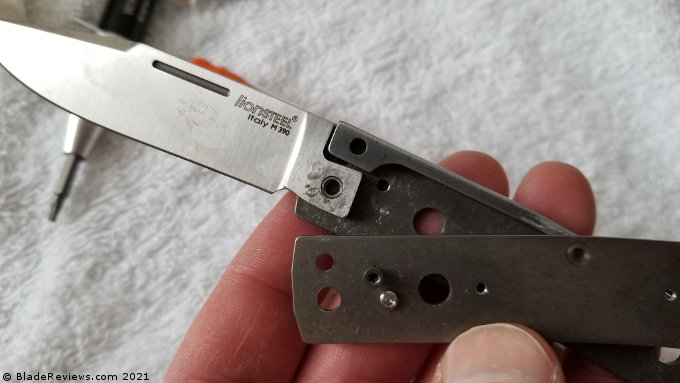
The process starts with the nail notch. It’s well positioned, subtly chamfered, and adequately sized. Personally, I prefer to pinch the blade between my thumb and index finger and, with the backspring facing up, draw the blade from the underside.
While there’s technically no “lock up” on a slipjoint, the knife feels secure under light to medium use. I could place my thumb on the spine without fear of the blade closing on my fingers. The half-stop is equally commendable, halting the edge far above the knuckles. This is by no means a knife I’d recommend closing one handed, but it can be done.
Overall, I find the walk and talk on BestMan to be satisfying. It doesn’t have the same fidget factor you’d find on a Benchmade 940 or Spyderco PM2, but the solidity of its pinch opening and snap of its closure provide a different kind of tactile thrill.
LionSteel BestMan Review – Final Thoughts
I like so many things about this knife. Its construction impressed me early on, but it took a while for me to warm up to the idea of using a non-locking blade. A few days of real-world use quickly turned me into a fan. LionSteel has succeeded in their quest to produce a “modern traditional”, taking the user-friendly mechanism and stamping it in cutting edge materials.
But, speaking of the edge, this is where I feel the BestMan is a little too modern. Many new-release blades tend to be thicker than necessary, trading effortless cutting for a perception of durability. This is mildly annoying, because I bought this knife specifically to fill the role of a lightweight, high-class slicer. Its premium material and quality build have exceeded expectations. Now, if only the edge was a bit finer, it’d be the Best-est Man.
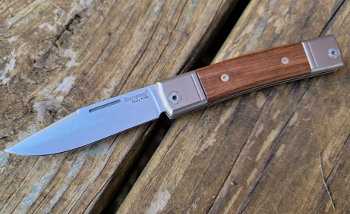
Lionsteel BestMan – From $129.00
From: BladeHQ
Editor: I recommend purchasing the LionSteel BestMan at BladeHQ, GP Knives or Amazon. Thanks for reading!
